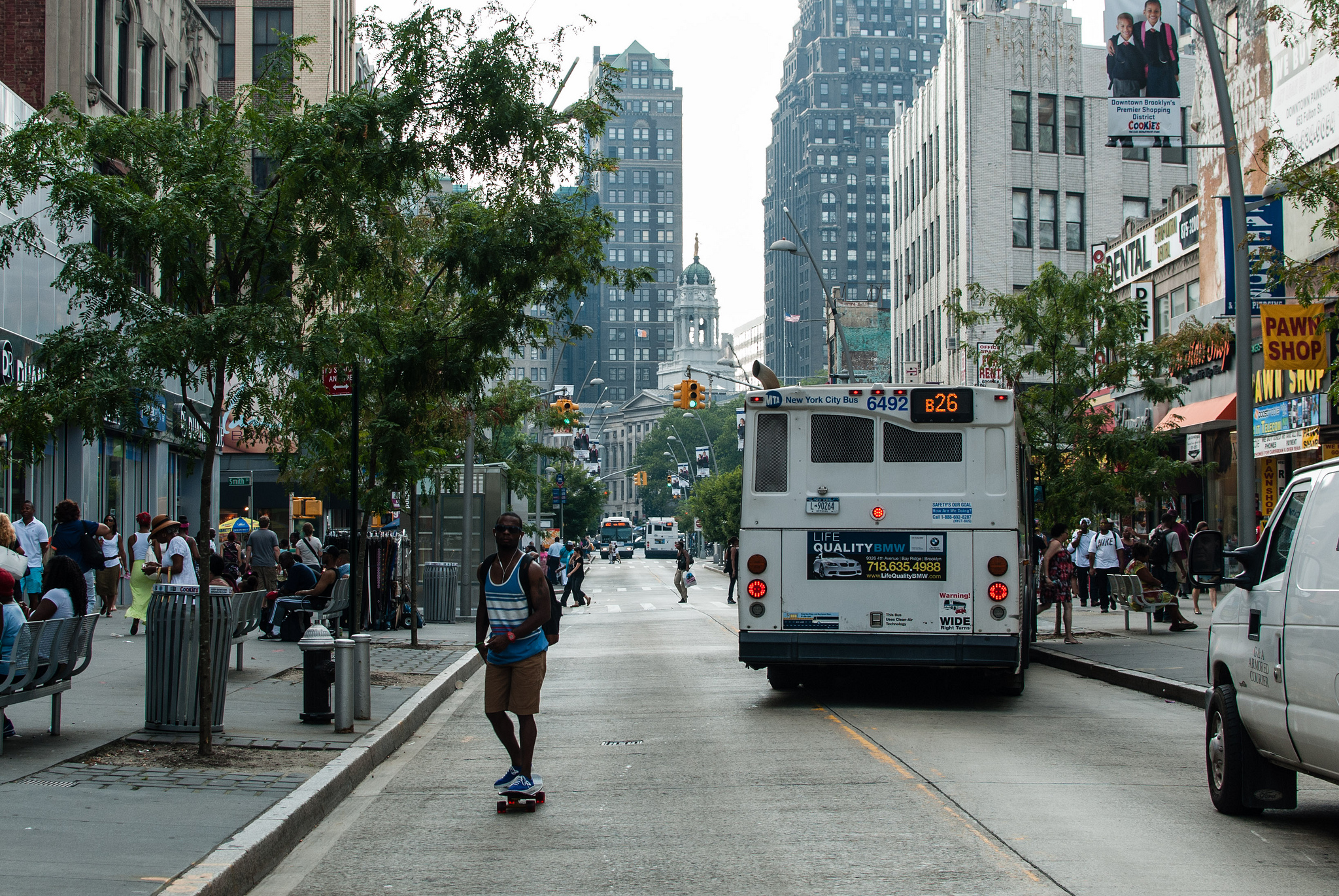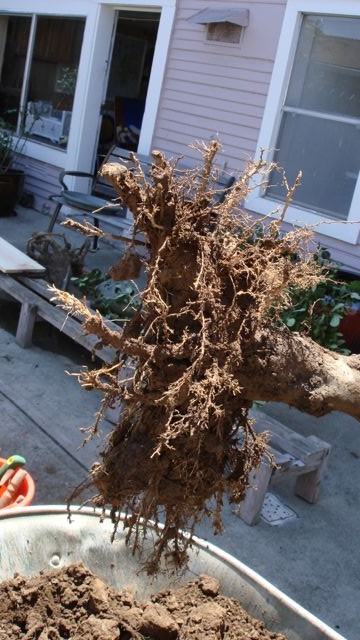You’ve done your site analysis and ensured enough rooting volume for the tree. You spent time carefully selecting the right species and cultivar. You’ve even inspected nursery stock and rejected specimens with uncorrectable root defects. In other words, you tried to do everything right. Yet six months later, the trees don’t look so good. What went wrong?
Tree and shrub planting is a skill; it’s not just a matter of “green side up.” You can control for many factors, but if you miss some of the most important, it could imperil the long-term success of the tree. The larger the specimen, the more important it is to do it right. Here are four common problems that could be the cause of your sorry-looking trees.
Tree planted too deep or
buried after planting
Does the tree look like a fence post or telephone pole at the base? That’s a problem. The flare at the base of the trunk, (a.k.a. the root crown or root collar) must be above soil grade. Burying the root crown can cause trunk and root decay, and encourage adventitious circling roots in the fill soil. Over time trees decline and die, or become destabilized. There are 3 main ways the root crown becomes buried:
- The root crown is buried in the nursery container, and then planted at the same grade.
- The hole is too deep or soil too “fluffy” at the bottom; the tree sinks.
- The tree is planted at the correct grade but later soil, mulch or plants are added around the trunk.
Exposing the root crown early can improve tree health; if the young tree is over 6 inches deep, digging up and replanting may be preferred.
Uncorrected root defects
At planting time, perform root surgery so that roots are pointing straight out from the trunk. Small flexible girdling or circling roots might be unwrapped and moved into position. Larger woody ones have to be removed at the origin. Some roots grow outward and then circle or dive down. Keep the part that is pointing outward and cut off the rest. Roots will grow at the cut ends in the direction the root is pointing. “Butterflying” (splitting) the rootball does not correct girdling roots.
Soil texture incompatibility
Balled and burlapped trees (B&B trees) are typically grown in a heavy clay soil, dug up and wrapped for transport. If the site soil is not a similar texture, for example, sandy soil, there is an abrupt change in the pore sizes within the soil. This is known as a texture interface. Water and air move very slowly across a texture interface. If the B&B rootball is irrigated, water will be slow to move into the surrounding sandy soil because the water molecules bind together within the small pore spaces (cohesion). Therefore, root growth outside the rootball into the surrounding soil will be inhibited.
If the surrounding soil is irrigated, water will be slow to move into the clay rootball. The large pores in the sandy soil suddenly change to small pores in the clay and the resulting traffic jam limits water movement. Water may drain out of the sandy soil before entering the clay rootball. The rootball will dry out and the tree will suffer from drought stress.
A texture interface may also occur when coarse-textured container soil meets a fine-textured site soil. To avoid problems caused by texture interfaces, remove as much of the container soil or B&B rootball soil from the roots as possible when planting, or plant bare-root stock. Incorporate some of the rootball soil into the site soil, well mixed so the interface is not so sudden. Don’t cover the top of the rootball with Amending the planting hole is not recommended.
Improper irrigation for establishment
Young trees need a lot of water at first. The larger the stock, the more they need. Water should be applied slowly and deeply using drip irrigation, watering bags or DriWater. Lawn sprinklers should not be relied upon to establish trees; the roots of turf generally absorb the water before the tree can get to it. The exact amount of water will depend on soil conditions, climate, rainfall and species.
I work with people who are largely very committed to improving lifetime outcomes for their trees. It’s important to put a lot of care into every stage of the project, starting with design and going all the way through to tree selection, planting, and care/maintenance. Poor planning in these later stages can cause trees to fail even when other elements are in place. Investing the time and effort to plant correctly pays off in the form of a longer-lasting, benefit-rich urban forest.
Ellyn Shea is a consultant and garden educator in San Francisco. All images other than the top courtesy of the author.











Leave Your Comment